The Neumann TLM 49 Microphone is a large-diaphragm studio microphone with a cardioid directional characteristic and a warm sound which is especially optimized for vocal performance.
The Neumann TLM 49 Microphone brings back the vintage tone of Neumann’s post-war classics. The Neumann TLM 49 uses the same K 47 capsule and the iconic large headgrille design of Neumann’s legendary M 49, but instead of electron tubes, the Neumann TLM 49 relies on trouble free FET circuitry with a special sound design for smooth vocals and acoustic instruments with timeless elegance.
Vintage Sound with New Technology
Many engineers, these days, long for the smooth sound of classic tube microphones of the 1950s. Unfortunately, vintage originals come at staggering prices and are often in need of maintenance. But for those who want a recording tool rather than a collector’s item, Neumann has developed an elegant solution: The TLM 49 combines the sonic excellence of Neumann’s legendary U 47 and M 49 microphones with the convenience and high reliability of a modern phantom powered microphone. Its looks are classic, too! As the model number implies, the Neumann TLM 49 is inspired by its famous precursor, the legendary Neumann M 49, a microphone associated with countless jazz and pop recordings of the 1950s and 60s. The Neumann TLM 49 shares the same large, acoustically open headgrille and the same large diaphragm condenser capsule design. This classic K 47 capsule, renowned for its unsurpassed sonic elegance, was also used in the Neumann U 47, the vocal mic of choice for Frank Sinatra, the Beatles, and scores of famous artists up to the present day.
Re-Engineering the Past
The main difference between the Neumann TLM 49 and its famous predecessors lies in its electronic circuit. Instead of electron tubes, the Neumann TLM 49’s head amplifier uses reliable transformerless solid state technology – yet with a special sound design that closely reproduces the sonics of tube circuits. For instance, the Neumann TLM 49 intentionally produces soft saturation at higher sound pressure levels, resulting in a seemingly low max SPL figure of 110 dB for 0.5% THD, rising slowly to 5% at 129 dB SPL. The Neumann TLM 49 thus captures the sound and dynamic behavior of its legendary precursors without the inconvenience of an external PSU or expensive tube replacements, yet with a substantially improved self-noise figure of only 12 dB-A.
Applications
The Neumann TLM 49 has a fixed cardioid pattern and is designed mainly as a microphone for vocalists, but its clear bass and superb midrange with a gentle presence boost above 2 kHz will produce excellent results with various instruments, too, such as acoustic guitar and upright bass.
Neumann TLM 49 Microphone Features
- Same capsule as legendary Neumann U 47 and M 49 microphones
- Cardioid pattern
- Classic sound for silky vocals
- Large, acoustically open headgrille
- Transformerless solid state circuit with tube sound characteristics
- Very low self-noise
Neumann TLM 49 Microphone Specifications
- Acoustical Operating Principle: Pressure Gradient Transducer
- Polar Pattern: Cardioid
- Frequency Range: 20 Hz - 20 kHz
- Sensitivity at 1 kHz into 1 k Ohm: 20 mV/Pa
- Rated Impedance: 50 Ohm
- Rated Load Impedance: 1 k Ohm
- Equivalent Noise Level: 23 dB, A-Weighted; 12 dB-A
- Typical SPL for THD < 0.5%: 110 dB
- Typical SPL for < 5%: 129 dB
- Signal-To-Noise Ratio: 71 dB, A-Weighted; 82 dB
- Maximum Output Voltage for THD < 5%: -1 dBu
- Supply Voltage: 48 V ± 4 V
- Current Consumption: 3.2 mA
- Weight: 825 g
- Diameter: 78 mm
- Length: 165 mm
Neumann TLM 49 Microphone Includes
- Neumann TLM 49 Microphone
- Neumann EA3 Shock Mount
- Manufacturer Warranty
Videos Hide Videos Show Videos
1 Review Hide Reviews Show Reviews
-
Neumann's hidden gem.
Jul 8th 2022I stumbled upon this mic and could find few written or YouTube reviews on it. But it is a stellar microphone. Hearing one comparison and doing my own against other top tier mics I hear a clarity and detail that knocks most of them down a notch. And that’s topped off by its vintage vibe. Vocals cut right through a mix and are big and wide. If you’re not impressed with it right out of the box it’s probably because it has a relatively flat response compared to sculpted mics on tonal steroids. But it takes EQ beautifully. It’s the sound I’ve been looking for. But of course that is a totally subjective statement.
Write a Review

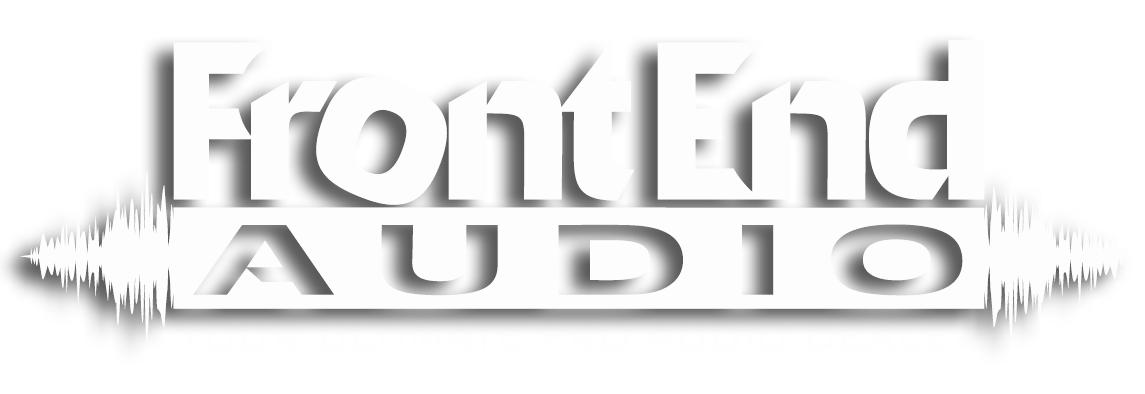






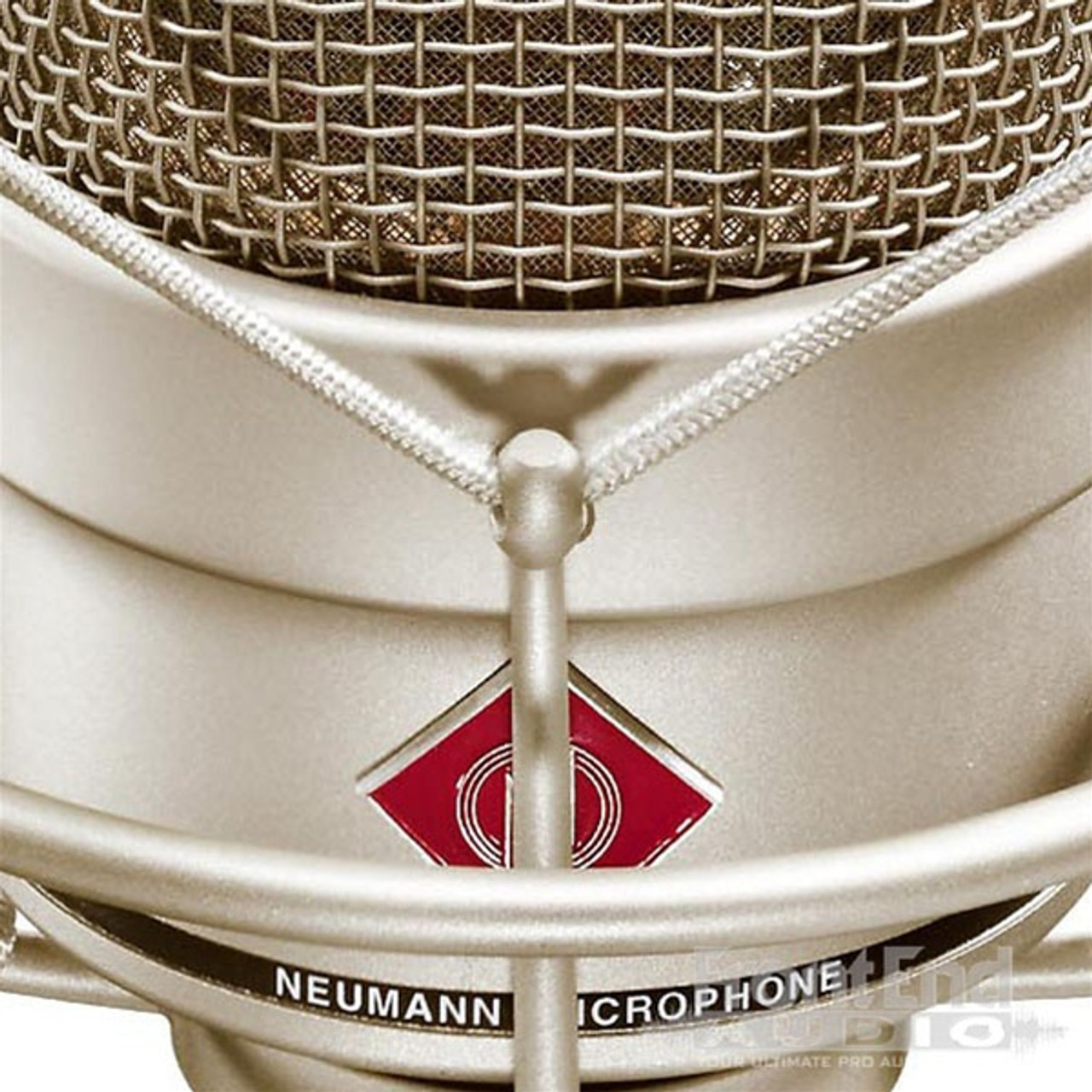



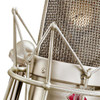


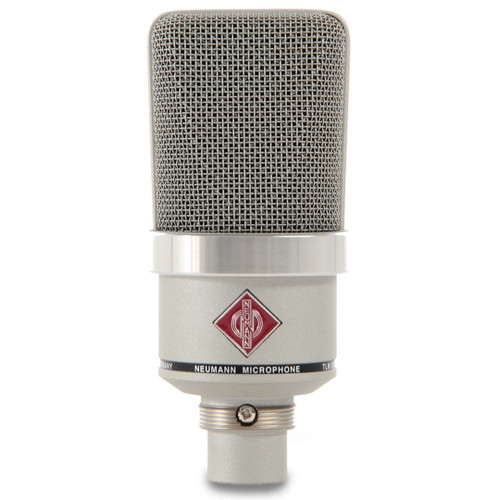
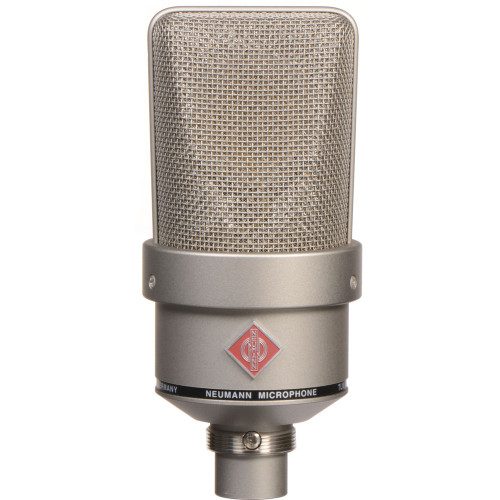


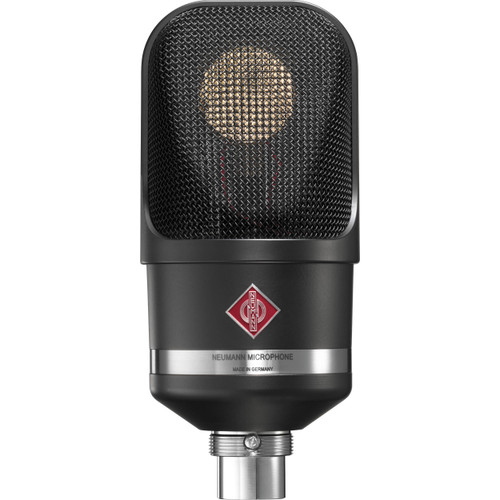

 Sign Up for exclusive sales and offers!
Sign Up for exclusive sales and offers!